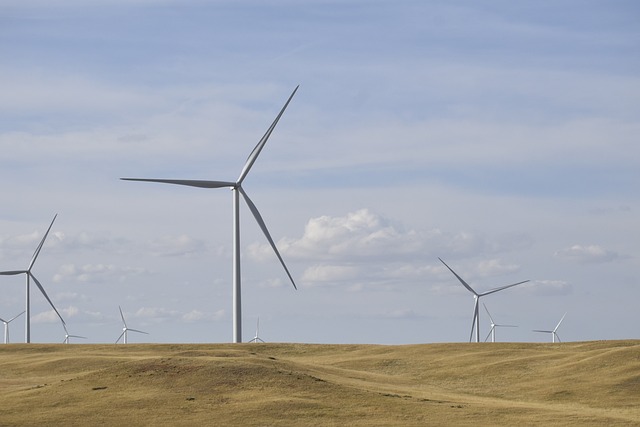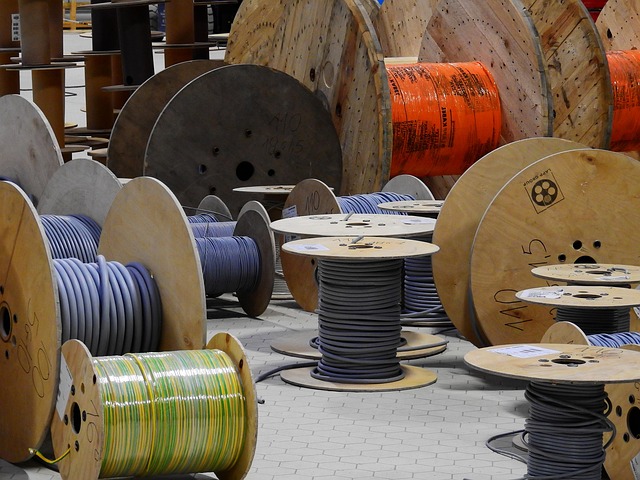Sustainable Living: Designing an Energy-Conscious House
In an age where climate change and environmental degradation are at the forefront of global issues, the desire for a energy-conscious house resonates deeply with many homeowners and aspiring residents. The quest for sustainability is more than just a trend; it is a necessary evolution of our living spaces that embraces efficiency, harmony with nature, and ethical responsibility. Let’s explore how you can create a haven that reflects these essential values.
Understanding Energy-Conscious Living
Before diving into the specifics of an energy-conscious house, it’s vital to grasp what energy-conscious living truly means. It’s about minimizing your ecological footprint, reducing energy consumption, and optimizing the use of renewable resources. Whether you’re building from the ground up or retrofitting an existing home, the journey toward sustainable living is both fulfilling and purposeful.
Strategic Site Planning
The location where you position your house plays a crucial role in energy efficiency. Consider factors like sunlight exposure and prevailing winds. By placing your house to maximize natural light, you’ll reduce the need for artificial lighting during the day. Additionally, thoughtful landscape design with strategic tree placement can provide natural insulation and wind barriers, regulating indoor temperatures while conserving energy.
Choosing Sustainable Materials
Building an energy-conscious house starts with the materials chosen. Eco-friendly options like reclaimed wood, bamboo, and recycled steel are excellent choices that reduce waste while imparting beauty and character to your home. Furthermore, selecting materials with high thermal mass can help your house retain heat in winter and remain cool in summer, significantly minimizing your heating and cooling expenses.
Renewable Energy Sources
Integrating renewable energy systems is a defining feature of an energy-conscious house. Solar panels are an increasingly popular choice that can drastically reduce dependence on traditional energy sources. Not only do they lower monthly utility bills, but they also promote energy independence. Pairing solar panels with energy storage solutions allows homeowners to store excess energy for use during periods of low generation, making your home truly self-sufficient.
Smart Home Technology
Incorporating smart home technology can elevate your energy consciousness to new heights. Smart thermostats, lighting systems, and energy monitors enable you to track and manage your energy consumption efficiently. With features such as automated scheduling and remote access, these systems optimize energy use while providing convenience and comfort to your daily life.
Water Conservation Strategies
Living sustainably extends beyond energy; water conservation is another pillar of an energy-conscious house. Implementing low-flow fixtures and rainwater harvesting systems can significantly reduce water waste. Native landscaping requires less irrigation, allowing for a lush environment that thrives without excessive water resources.
Creating a Sustainable Community
Designing an energy-conscious house isn’t just a personal endeavor; it also contributes to broader community sustainability. Engaging in local initiatives, sharing resources, and participating in environmental conservation projects fosters a sense of community while amplifying the impact of individual efforts. By networking with like-minded individuals, you can amplify your commitment to sustainable living.
Embracing the principles of sustainable living when designing an energy-conscious house not only contributes to a healthier planet but also creates a nurturing environment for you and your loved ones. You have the power to make choices today that will pave the way for a sustainable tomorrow.




